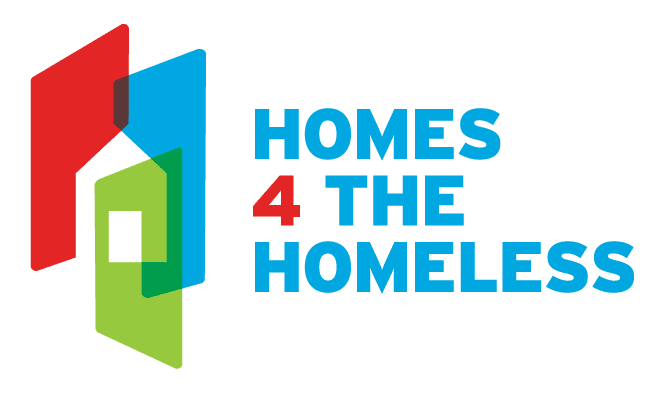High Rents and Scarce Campus Housing, A Proposal to Let Students Sleep in Parking Lots Shows How Broken the System Is
California lawmakers are considering allowing community college students to sleep in their cars as a way to address student homelessness in the state, an idea that has received fierce pushback from advocates and community members alike.
In April, California Assemblyman Corey Jackson, a Democrat from Moreno Valley, introduced AB 90, a bill that would allow community colleges to authorize and operate Safe Parking Sites. Safe Parking Sites are sanctioned parking lots where guests can park overnight without fear of being towed or ticketed. It would also require community colleges to prioritize housing placement for current and former homeless and foster youths, according to its text.
The bill was held by the California Senate Appropriations Committee, meaning it will not be considered for the rest of the year. However, the bill could reappear during future legislative sessions.
Even though the bill seeks to solve a significant problem several California college students face, it faced significant pushback from community members and school systems.
“We’re not going to just let them park in a parking lot; we are going to give them a room,” Steve Veres, a member of the Los Angeles Community College District Board of Trustees, told the Los Angeles Times.
AB 90 was introduced at a time when about 500,000 college students across California have experienced homelessness at least temporarily, the California Legislative Analysts Office reported in 2024. Students who attended community college were twice as likely to report experiencing homelessness as students who attended state or private colleges and universities.
Why Building Student Housing Has Become Nearly Impossible
Colleges across the state have tried to increase student housing options near their campuses, but are running into several challenges. For instance, it is expensive to build new construction in California because of issues such as high supply costs, the state’s high taxes, and high wages for construction workers.
Programs designed to support student housing projects are also struggling to meet demand. In February, California’s state fund dedicated to supporting student housing projects ran out of money.
Jackson argued in a March hearing that his bill would provide students with a place to sleep at night while the state works to address the housing issues they face.
“This bill confronts a harsh reality to many of our students who are sleeping in their vehicles or other displaced settings as they are unable to find affordable housing, and that’s jeopardizing their education,” Jackson said during a hearing in March. “What I am proposing is practical, immediate relief—overnight parking programs that turn campus lots into safe, temporary havens while the state works on lasting solutions.”
Still, organizations like the Community College League of California pushed back against the bill, describing it as a “short-term remedy without addressing the root issue.”
“We believe resources would be better utilized toward the advancement and expansion of long-term solutions, such as stable student housing and expanded financial aid services,” CCLC said in a statement.
Other advocates also said the bill didn’t go far enough to address the problem.
“This is not the final solution. No one is advocating for us leaving students in their car,” Jetaun Stevens, a senior attorney on the education equity team at Public Advocates, a nonprofit law firm, told SF Gate.
Marc Wells wrote in an op-ed for the World Socialist Web Site that the plan marked “a political decision by the Democratic Party to institutionalize mass deprivation rather than eliminate it.”
“There is no guaranteed housing, no commitment to education as a social right,” Wells noted. “Instead, the state manages and normalizes poverty while developers, landlords, and financial institutions continue to reap vast profits from the housing crisis.”
When Higher Education Meets Housing Insecurity
Students are often one of the most overlooked groups of people who are homeless. Experts have suggested that there are multiple contributing factors, such as cultural assumptions about parents’ finances and difficulties identifying students once they become homeless.
However, the experience of homelessness isn’t any easier on youths than it is on adults. Emma Johnson, a senior at UC San Diego, told SF Gate in September that she would spend the night sleeping in parking lots of retail stores or at public parks around campus because she didn’t make enough money to pay rent.
The school was able to provide Johnson with a 30-day stay in emergency housing, but she was denied an extension due to the high demand for housing options.
“Small things that we do every day that we don’t even think about doing, they become such huge obstacles when your main landing zone is your vehicle,” Johnson told SF Gate.
Estimates suggest that roughly 1.5 million college students experienced homelessness in 2024, the most recent data available.
“Nobody ever bothered me,” Johnson told the outlet. “But when you hear people outside of your car, it is really unsettling. I don’t think anyone had any intentions of hurting me, but that thought is always in the back of your head.”
From Pandemic Relief to Long-Term Reform
The fight over Safe Parking reflects a larger truth: America’s higher education system was never built with housing insecurity in mind. Today, roughly 1.5 million college students experience homelessness—a number that continues to grow as rents rise and aid programs disappear.
The pandemic proved that rapid, compassionate action can keep people housed. Those same lessons must now guide how we support students. Housing shouldn’t be a privilege tied to tuition or luck in the financial aid lottery—it should be a guarantee because no student should have to earn a degree from the back seat of a car.
